Collaboration is the backbone of many successful businesses, especially in creative industries, tech startups, and consultancy firms. When employees work together effectively, companies see improved problem-solving, innovation, and overall job satisfaction. But fostering collaboration isn’t just about encouraging teamwork—it requires an office environment that actively supports it.
In this article, we explore how smart office design can create dynamic spaces that inspire collaboration, whether through spontaneous brainstorming sessions or structured teamwork.
Creating Spaces That Spark Collaboration
A truly collaborative workspace is more than just an open-plan office with shared desks. It’s about designing an environment that encourages organic conversations while providing structured zones for focused teamwork. Here are some key design principles:
Zoning for Different Work Styles
Many modern offices in Singapore embrace zoning—designating specific areas for different types of work. This approach allows employees to choose the best environment for their tasks:
- Quiet zones for deep-focus work
- Semi-collaborative spaces for small group discussions
- Larger meeting areas for team projects and strategy sessions By offering a mix of spaces, businesses can create a balanced environment that supports both independent work and team collaboration.
Flexible Workspaces for Every Need
Not all collaboration happens in formal meeting rooms. Providing a variety of work settings helps teams adapt to different situations. Open layouts with movable partitions, adaptable furniture, and casual seating areas allow teams to customize their workspaces based on their needs—whether they’re gathering for a quick discussion or setting up for a longer brainstorming session.
Designing for Interaction and Comfort
The right office layout and furniture choices can make all the difference in fostering collaboration. Here’s how businesses can create spaces that bring people together:
Comfortable Yet Functional Seating
Ergonomic and inviting furniture can make collaboration more natural. Consider incorporating:
- Lounge chairs and sofas for informal discussions
- Modular seating that can be rearranged for different team sizes
- Standing tables for quick, high-energy brainstorming sessions A well-designed space should be comfortable enough to encourage conversation while maintaining a professional setting.
Seating Arrangements That Encourage Dialogue
Traditional conference rooms with long tables can sometimes hinder open discussion. Instead, circular or semi-circular seating arrangements break down barriers and promote equal participation among team members.
Whiteboards and Idea Walls
A must-have in any collaborative space, interactive surfaces allow teams to visualize ideas in real time. From traditional whiteboards to digital screens, these tools encourage brainstorming, mind mapping, and problem-solving in a shared space.Leveraging Technology for Seamless CollaborationTechnology plays a crucial role in modern office design, enabling efficient teamwork across different locations and work styles.
Video Conferencing Solutions
With hybrid and remote work becoming the norm, high-quality video conferencing setups are essential. Equipping meeting areas with seamless connectivity ensures that remote employees can participate just as effectively as those in the office.
Digital Whiteboards and Interactive Screens
Beyond traditional whiteboards, digital collaboration tools allow teams to share documents, sketch ideas, and make real-time edits, whether they’re in the same room or working remotely.
Designing an Inspiring Environment
A well-designed workspace does more than facilitate work—it also sparks creativity and engagement. Here’s how the overall ambiance can contribute to a more collaborative office:
Lighting That Enhances Productivity
A mix of natural and artificial lighting can set the right mood for collaboration. Natural light boosts energy and focus, while warm lighting creates a comfortable, welcoming atmosphere for group discussions.
Aesthetic Elements That Inspire
Artwork, motivational quotes, and unique design pieces can add personality to a space and encourage creative thinking. A thoughtfully designed environment fosters an atmosphere where employees feel motivated to share and develop ideas.
Bringing Nature Indoors
Biophilic design—incorporating natural elements into office spaces—has been shown to reduce stress and enhance creativity. Green walls, indoor plants, and natural materials like wood or stone create a refreshing atmosphere that makes collaborative spaces more inviting.
Balancing Collaboration and Focus
While collaboration is key, a successful office design also respects the need for quiet and concentration. Finding the right balance between open, collaborative areas and private workspaces ensures that employees have the flexibility to switch between teamwork and focused individual work.
Acoustic Considerations
Noise control is crucial in open-plan offices. Thoughtful design elements like acoustic panels, carpets, and soundproof meeting pods help manage noise levels, ensuring that both collaborative and quiet spaces remain effective.
Dedicated Quiet Zones
While open spaces foster teamwork, employees also need access to quiet areas for tasks requiring deep concentration. Private phone booths, soundproof pods, or designated focus zones provide essential respite from the buzz of collaborative spaces.
Creating a Workspace That Works for Everyone
In today’s business world, where innovation and teamwork drive success, well-designed collaborative workspaces are more important than ever. By incorporating flexible layouts, smart technology, and inspiring design elements, companies can create environments where employees feel empowered to work together seamlessly.As office renovation trends in Singapore continue to evolve, the demand for collaboration-friendly workspaces is growing. Investing in the right office design can boost employee engagement, enhance creativity, and ultimately lead to better business outcomes. With thoughtful planning, companies can build spaces that support both teamwork and individual productivity, ensuring that every employee has the right environment to thrive.












.svg)




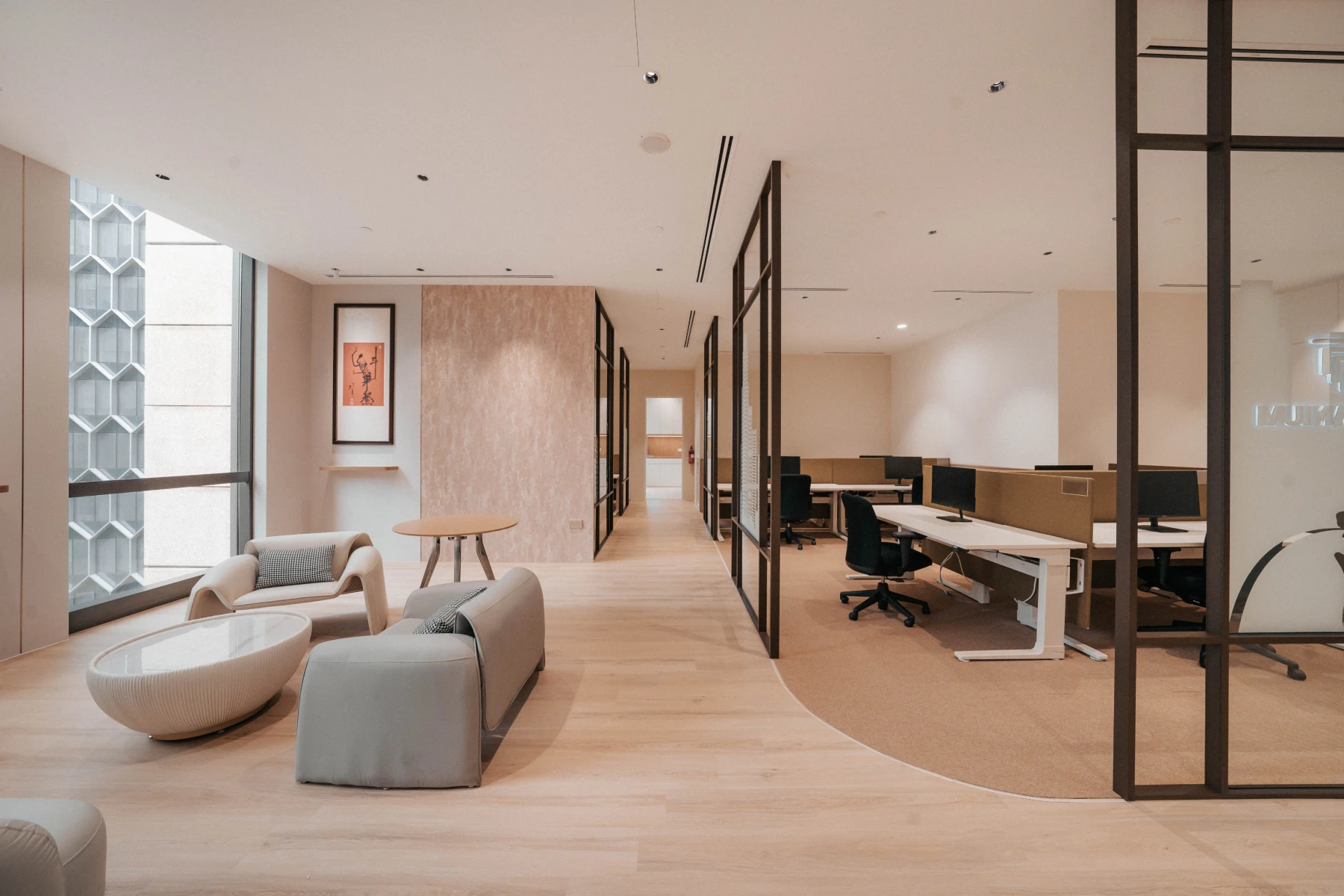
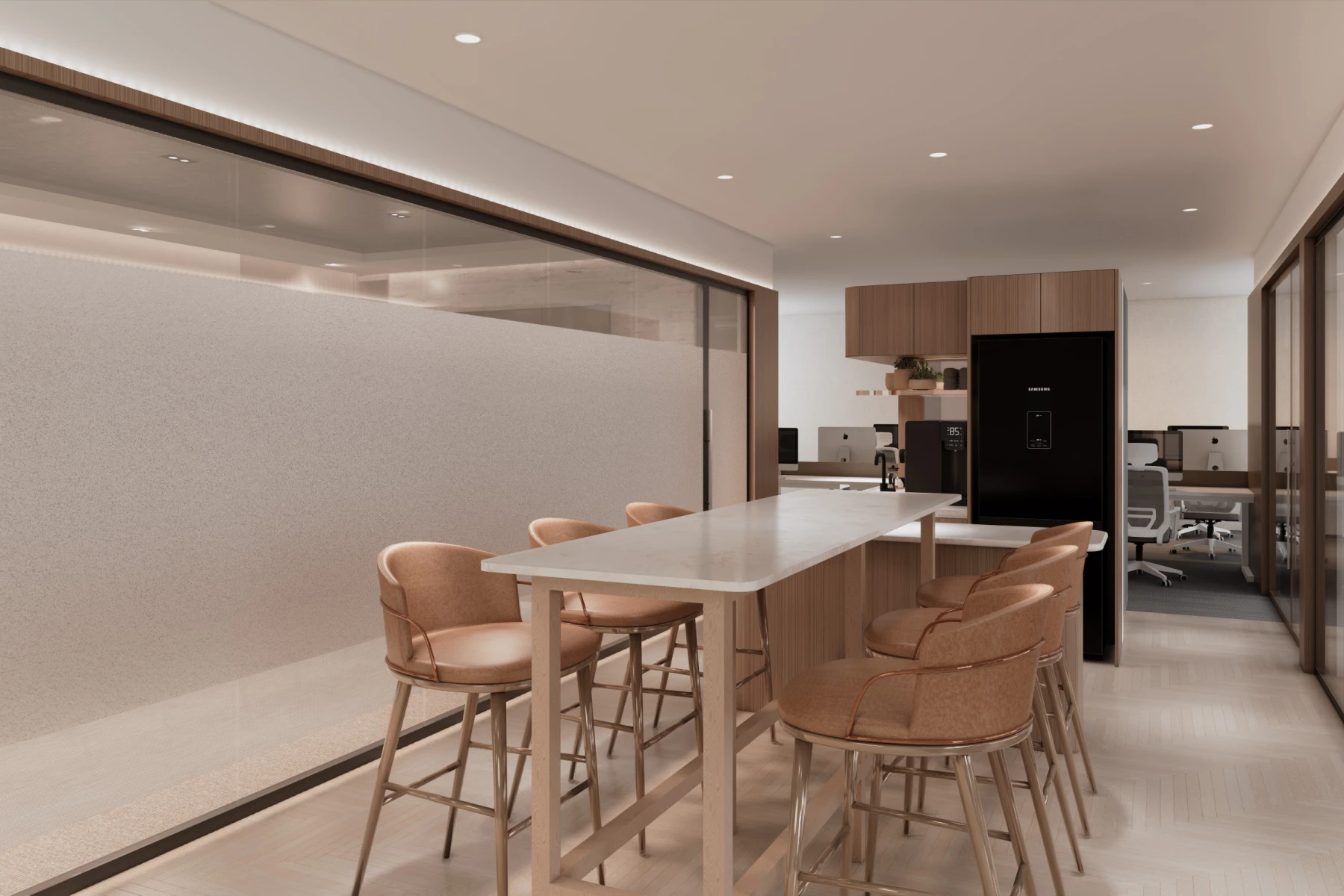
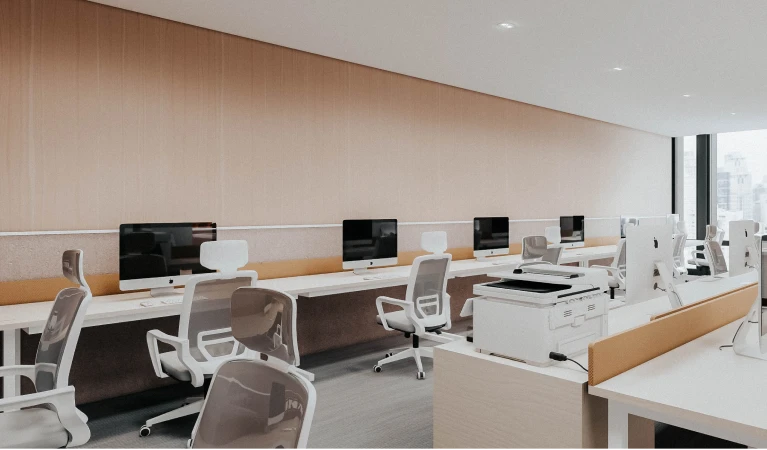
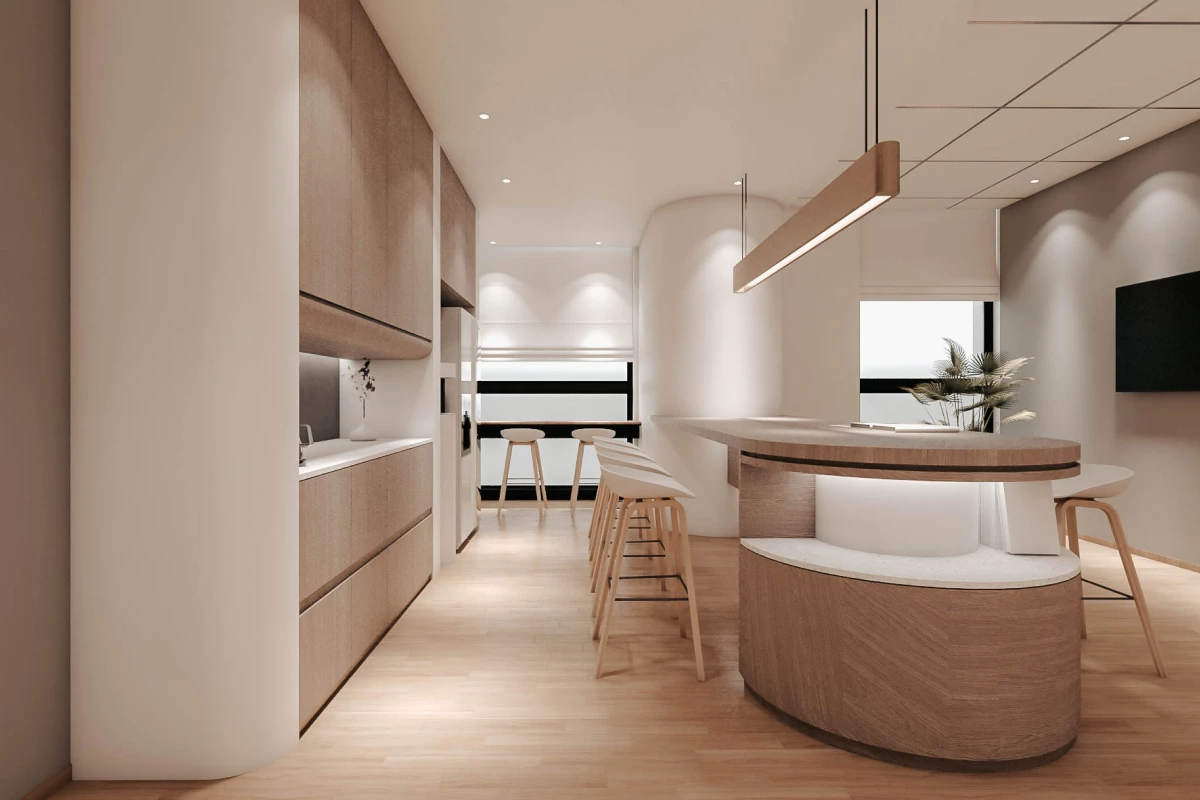
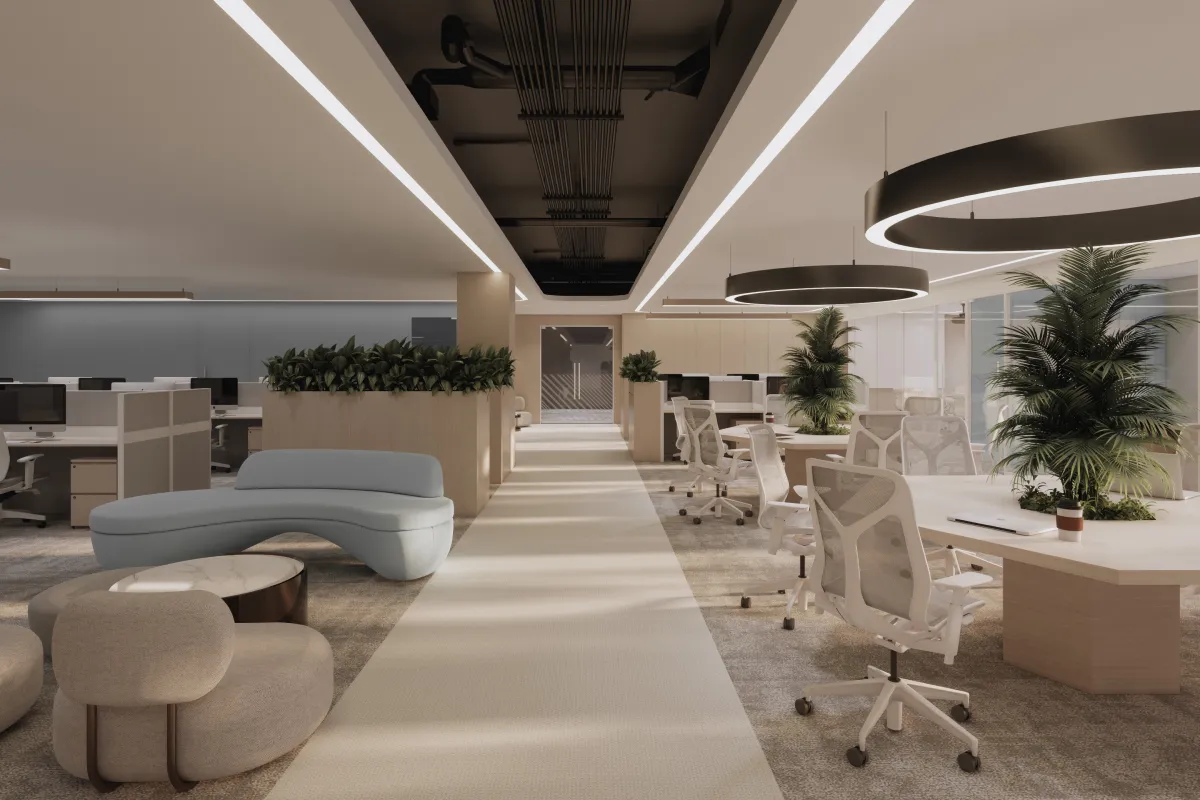
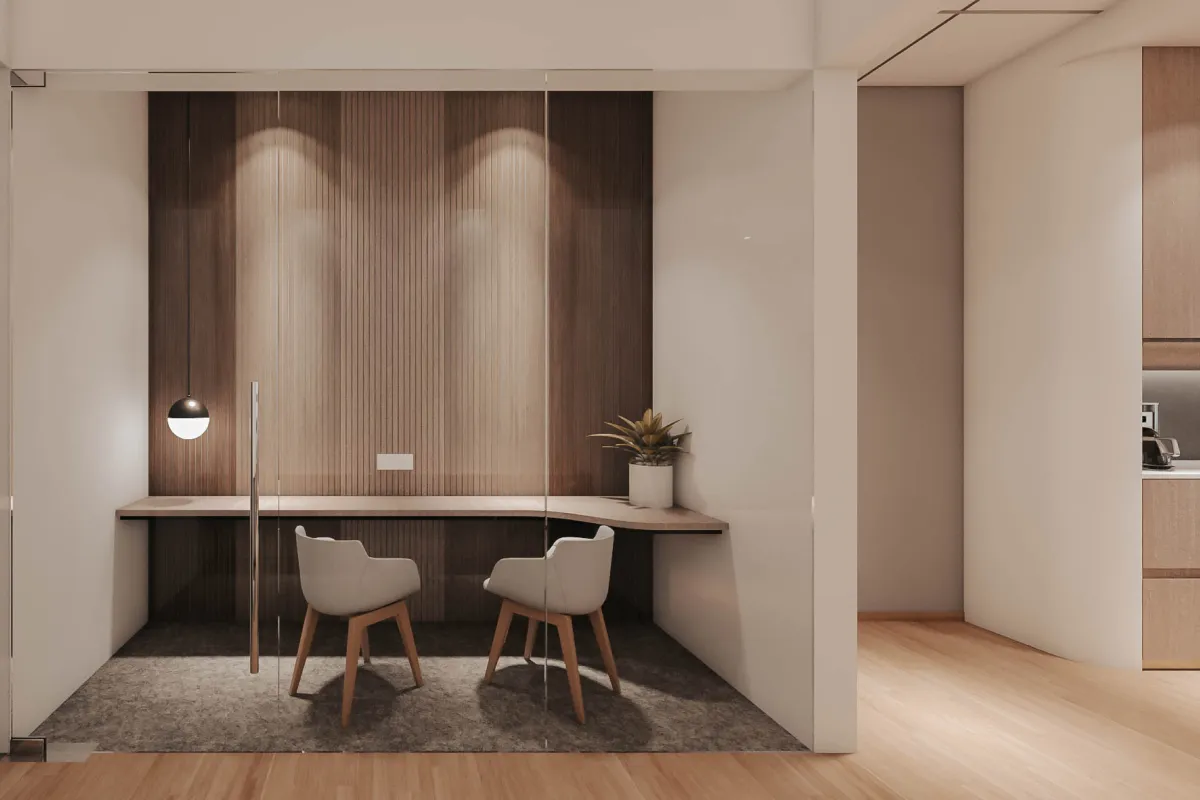
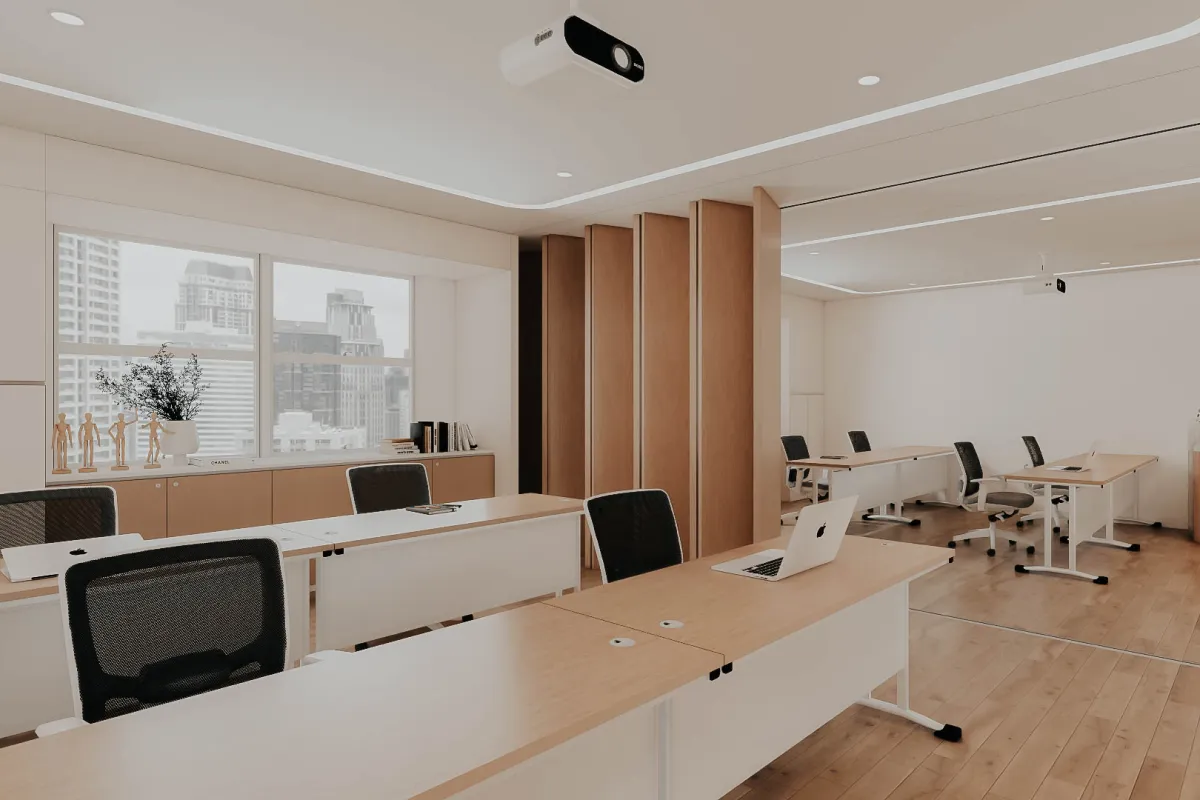
.png)





